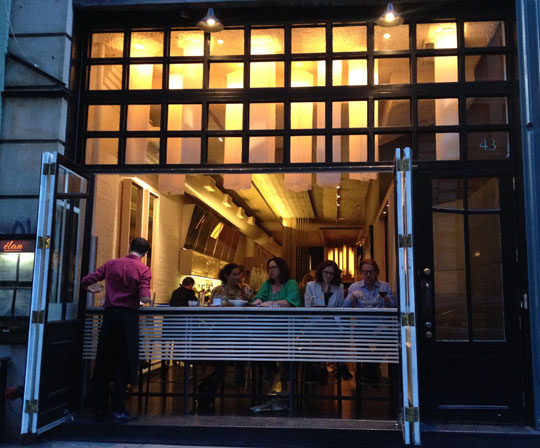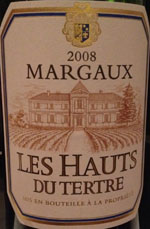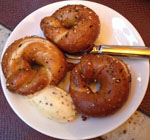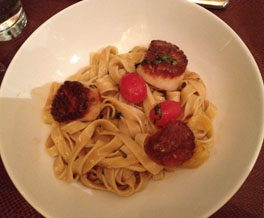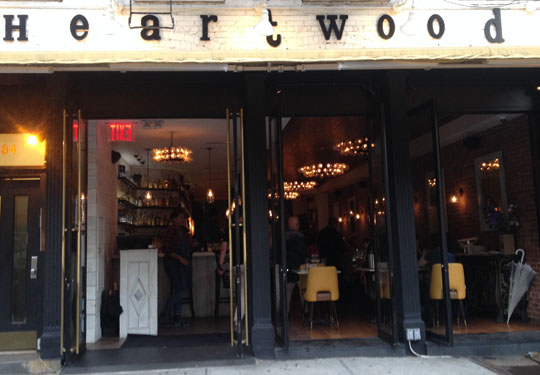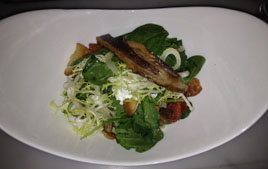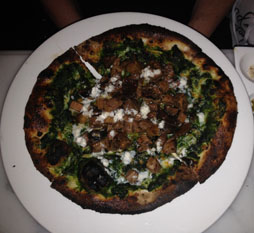Park Avenue Autumn
 Monday, October 20, 2014 at 08:57PM
Monday, October 20, 2014 at 08:57PM 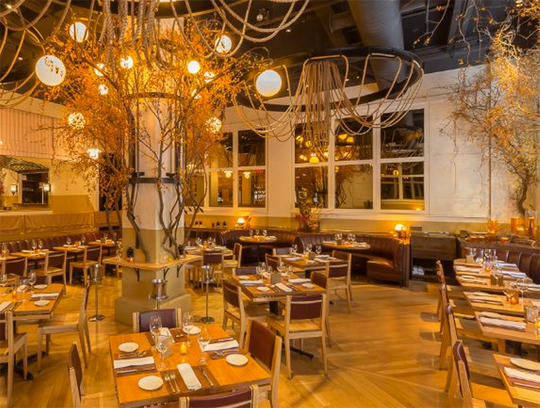
 As a general rule, I don’t believe restaurant spaces are “cursed”. Consecutive failures at the same address are usually attributable to explainable human errors, and not any supernatural intervention.
As a general rule, I don’t believe restaurant spaces are “cursed”. Consecutive failures at the same address are usually attributable to explainable human errors, and not any supernatural intervention.
I might just have to revise my view if Park Avenue Autumn (and its three seasonal cousins) fails in its new home, which has seen four restaurant concepts in four years, all from the same ownership group, Alan and Michael Stillman’s Fourth Wall Restaurants. The company has a strong record of populist success (Smith & Wollensky, Quality Meats, Quality Italian), everywhere but here.

In its original home, almost forty blocks north, this restaurant lasted twenty-two years, first as Park Avenue Café, and starting in 2007, as Park Avenue what-have-you, with the name, signage, décor, servers’ uniforms, and menu changing with the season every three months. That lasted six years, before losing its lease at the end of 2013.
After General Assembly quickly flopped earlier this year, the Stillmans decided to re-launch “a more casual, accessible version” of their Park Avenue concept. Design firm AvroKO is on hand once again with a modular décor, which evokes the current season with pitch-perfect precision, but within a matter of days, can be swapped out for the next. It might be too Disney-fied for some tastes.
By the end of its run uptown, Park Avenue Season had matured into a solid two-star place: I liked my second visit (in 2011) quite a bit better than the first (2007). The restaurant was usually full at prime times. But that was in a much smaller space, and in a neighborhood where the locals don’t wince at entrées averaging in the mid-$30s.
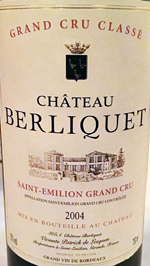 Located at a comparatively dead spot on Park Avenue South, the massive floor plan worked to the disadvantage of Hurricane Club, Hurricane Steak, and General Assembly, the first three concepts the Stillmans tried here. In this cavernous labrynth of connected rooms, the charm of the original Park Avenue hasn’t quite survived. Meanwhile, the promise of a supposedly “more casual, accessible” restaurant does not apply to the bill: it’s as expensive as ever. (The online menu is posted without prices—a strictly low-class move.)
Located at a comparatively dead spot on Park Avenue South, the massive floor plan worked to the disadvantage of Hurricane Club, Hurricane Steak, and General Assembly, the first three concepts the Stillmans tried here. In this cavernous labrynth of connected rooms, the charm of the original Park Avenue hasn’t quite survived. Meanwhile, the promise of a supposedly “more casual, accessible” restaurant does not apply to the bill: it’s as expensive as ever. (The online menu is posted without prices—a strictly low-class move.)
Zene Flinn and Benkai O’Sullivan are co-executive chefs. Flinn was with the team uptown, and the menu here is very much in the same spirit as the original, with most of the dishes inspired by the season. It might almost be called old-fashioned, with appetizers $15–19, entrées $19–38 (almost all over $30), and side dishes $10. The downtown crowd might be disoriented in a restaurant with no sharing plates, “large format” dishes, or tasting menus.
The ten-page wine list (available online with prices—such a concept!) doesn’t offer many bargains, but it is not unfairly priced in relation to the food. The 2004 Château Berliquet was $76, a shade over two times retail, and the sommelier decanted it—always a nice touch.


